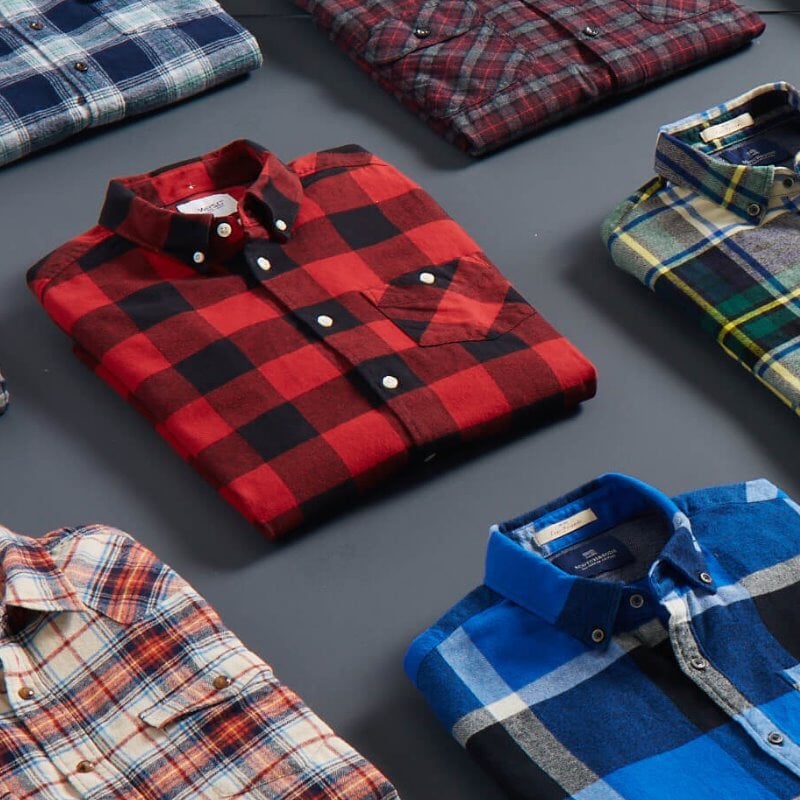
From the Highlands to Hipsters: A Brief History of Plaid
It’s difficult to discredit the popularity of plaid. As a pattern, plaid has had remarkable success – and has a remarkable history.
As one of the most widespread and recognizable designs, plaid comes in almost every color under the sun.
Now synonymous with hipster style, plaid hasn’t only been a favorite of Brooklynites. Plaid has meant many different things to a lot of different people during its thousand-year reign.
It All Started with the Scots
First, plaid isn’t its actual name. “Tartan” is the correct terminology. Tartan is used to describe the individual colors and patterns that were used to decorate apparel of different Scottish clans.
Tartans are considered as weaves of alternating bands that are woven at right angles. Plaid, on the other hand, referred to the heavy wool clothes that bore the pattern.
Though they were often found in similar colors, plaids were actually used as heavy traveling cloaks to keep warm during the bitter Scottish winters.
Scottish Tartans Authority’s Brian Wilton said, “If lived in a remote land, you would buy your woven cloth from the same weaver. And the weaver would not be reproducing a choice of patterns, but a standard pattern using the colors available to him, many of which were vegetable dyes.”
Similar to how people wear clothing or baseball hats to represent their favorite sports team, local tartan patterns became synonymous with Scotland’s regional clans.
The British Ban Plaid
During the 18th century, tartan was taken from a Scottish family symbol to military uniforms under James Francis Edward Stuart’s 1714 rebellion against the English monarchy.
In fact, after the Jacobite uprisings during the English monarchy, The Royal Highland Regiment wore “Black Watch”, a pattern that was not associated with any clan. When the resistance was crushed, the English created the Dress Act of 1746, which officially banned tartans unless it was used for military wear.
Plaid Comes to America
When Scots started to immigrate to America in the 18th century, plaid started to become popular in America. British and American manufacturers then began to replicate the tartan print, they started to refer to the print as plaid. Scot Meacham Wood said, “while all tartans are plaid, not all plaids are tartans.”
Plaid has had such a strong resurgence, it’s nearly impossible to look around and not see someone wearing the pattern. But, it hasn’t always been synonymous with hipsters – certain Los Angeles street gangs use plaids to identify their allegiances and the Beach Boys made Pendleton plaid shirts a 1960s symbol of surf rock.
Plaids Major Break
The biggest moment for plaid was during the 1970s when it began to pop up on everything from suits to shirts to chairs – like in the shows “The Brady Bunch” and “Charlie’s Angels.”
During the 1980s, the pattern became less mainstream after musicians in the Pacific Northwest, like Nirvana and Pearl Jam, began wearing the print.
Then came Clueless. The mid-90s hit movie which catapulted the prints popularity after the popular, wealthy Beverly Hills teens made it popular again.
Since the mid-90s, plaid is found in both high fashion and everyday style – even a staple in some categories.
For your own plaid pleasure, why not grab the Members Only Buffalo Plaid Iconic Racer jacket? In classic red and sleek dark grey, it’ll be a forever classic. Pick up your own here.
If you’d like to read more about the history of plaid, click here.




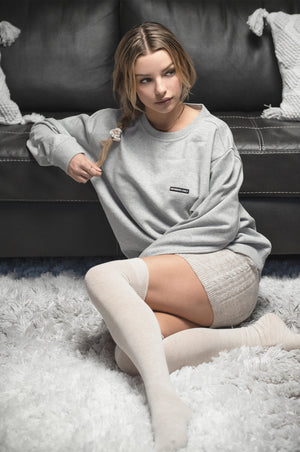

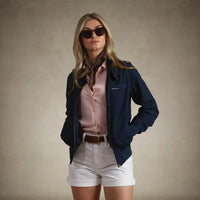
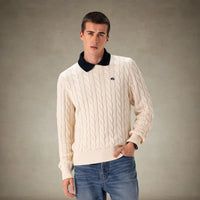


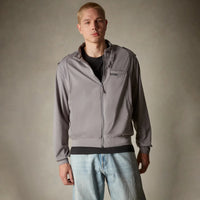


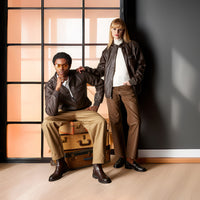




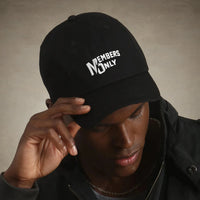
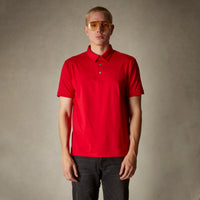
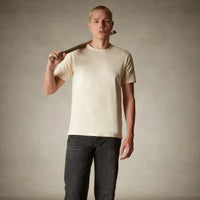
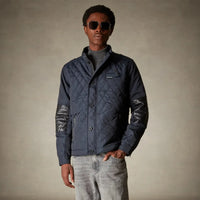



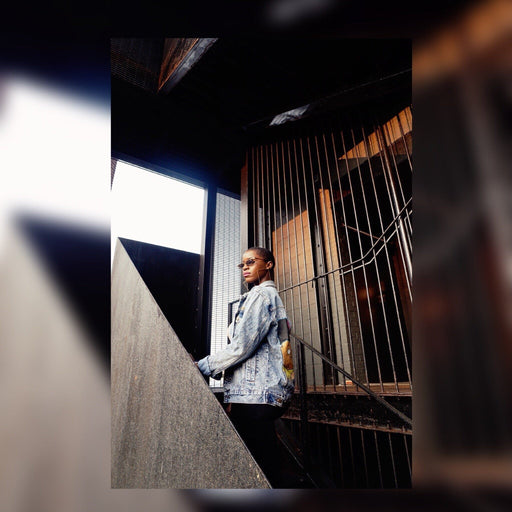
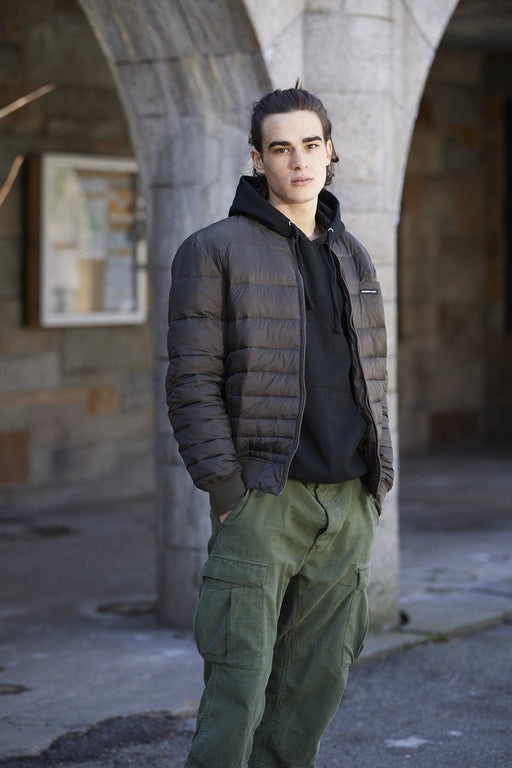

Leave a comment
This site is protected by hCaptcha and the hCaptcha Privacy Policy and Terms of Service apply.